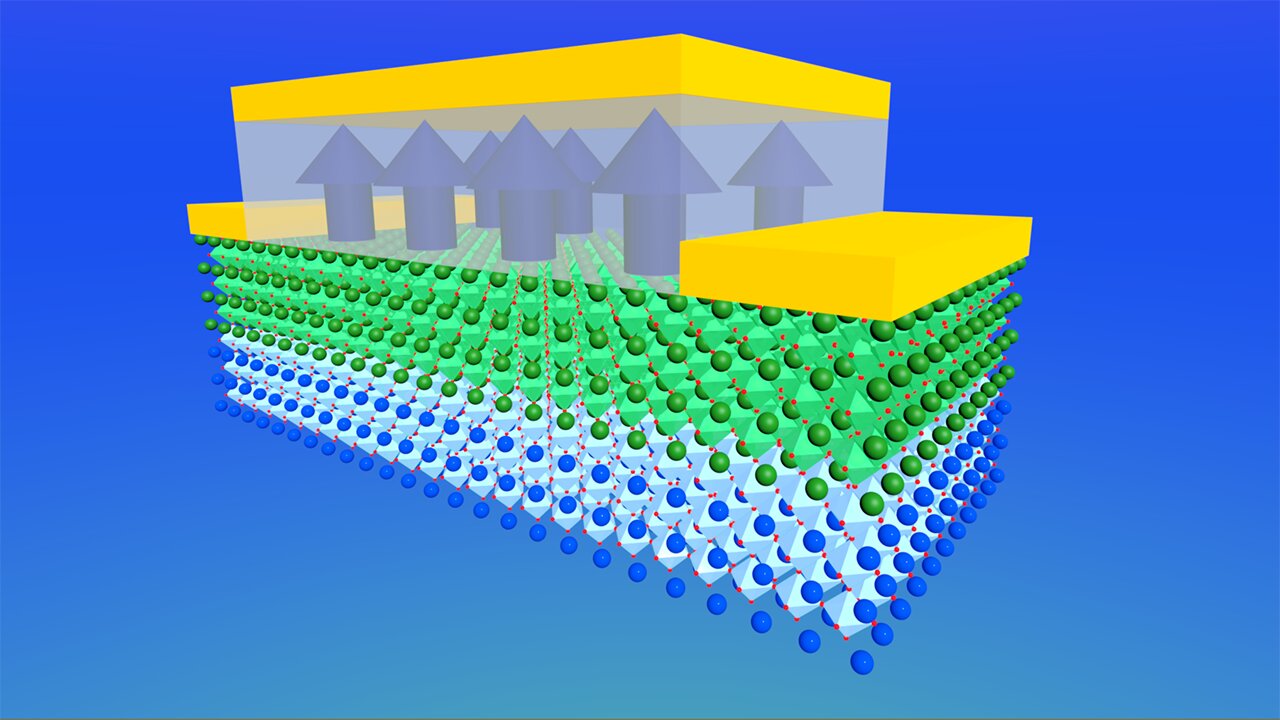
With the increase of new technology and artificial intelligence, the demand for efficient and powerful semiconductors continues to grow. Researchers at the University of Minnesota have achieved a new material that will be pivotal in making the next generation of high-power electronics faster, transparent and more efficient. This artificially designed material allows electrons to move faster while remaining transparent to both visible and ultraviolet light, breaking the previous record.
The research, published in S...
Read More








Recent Comments